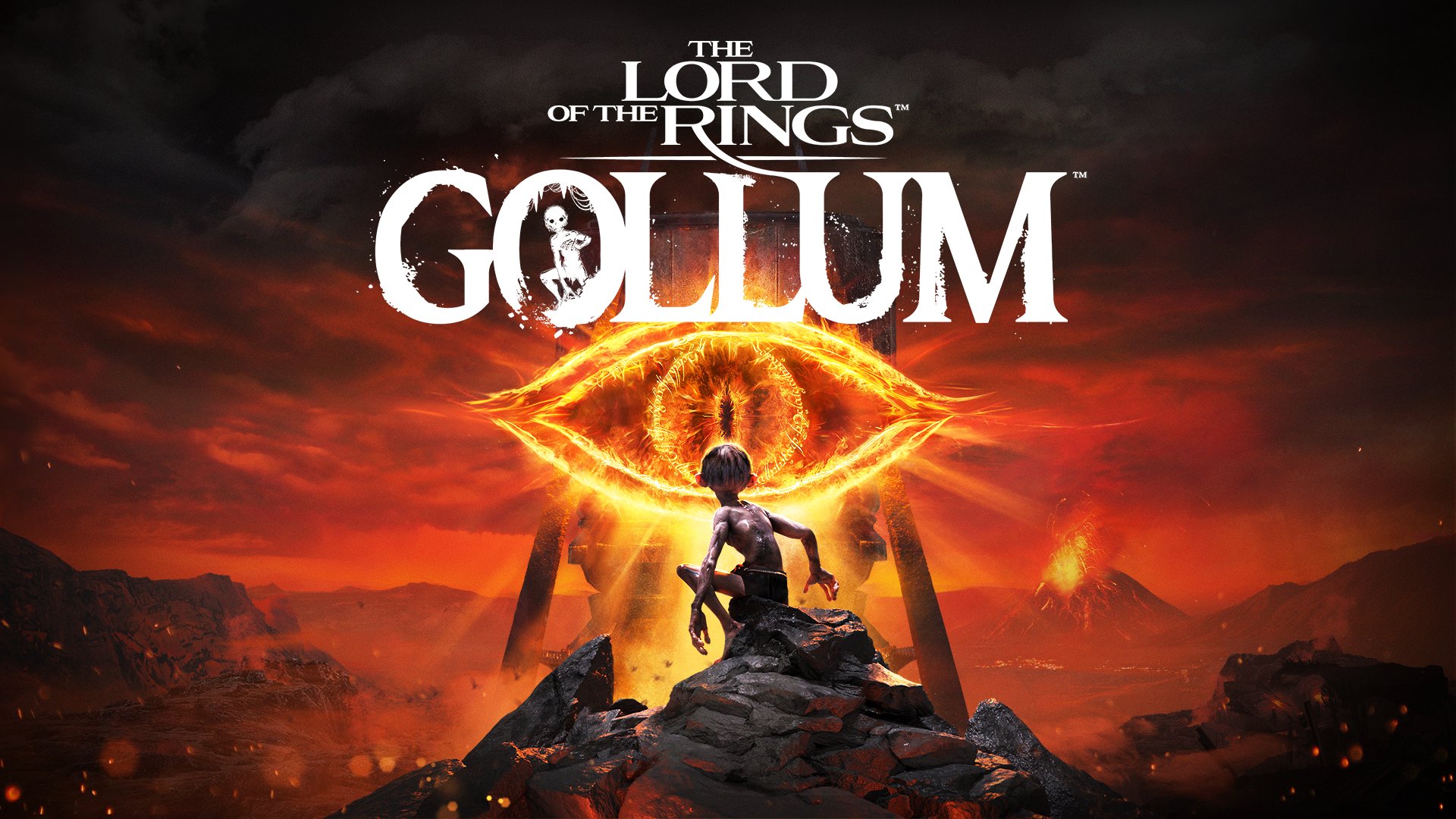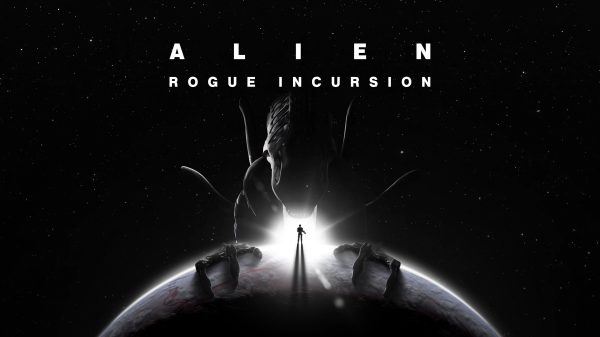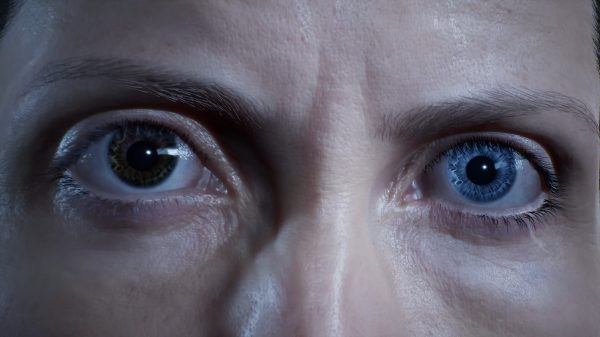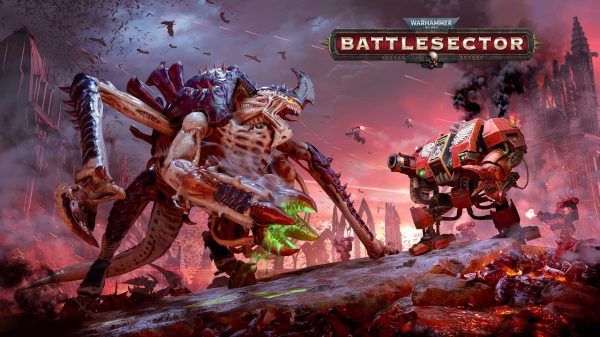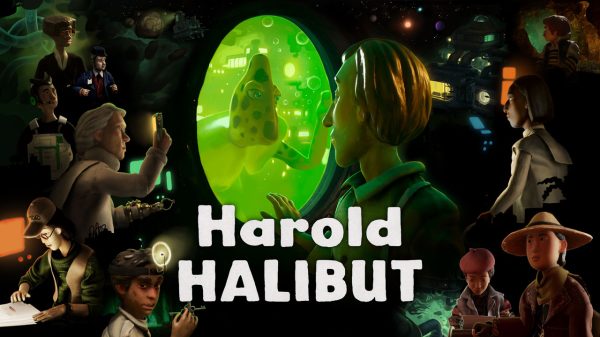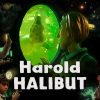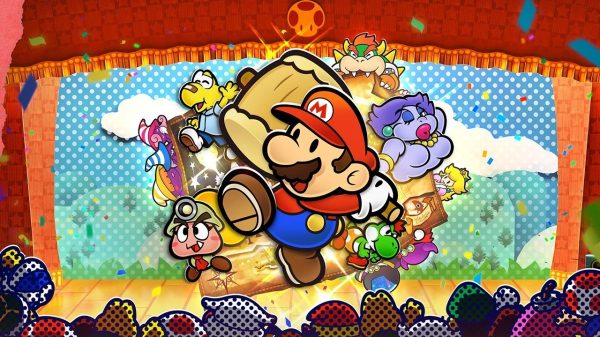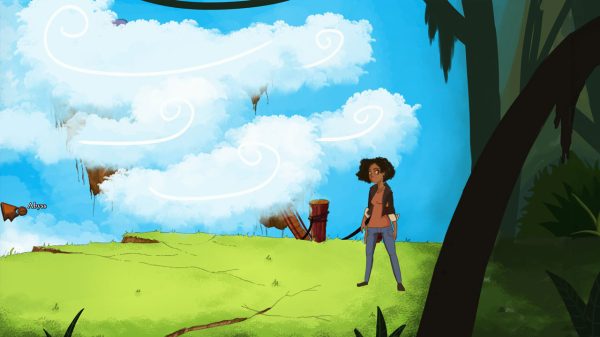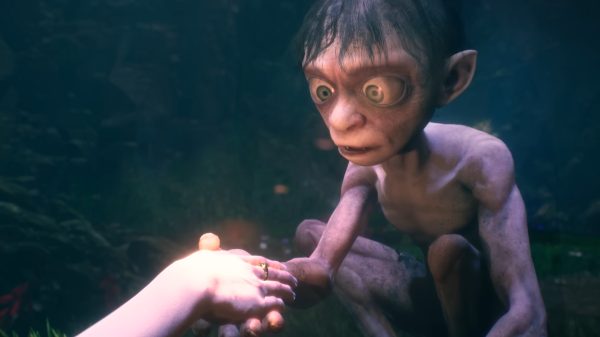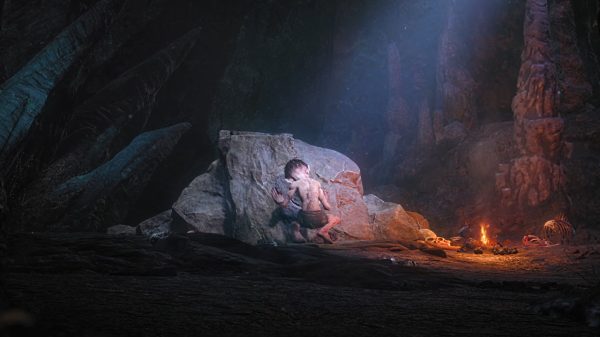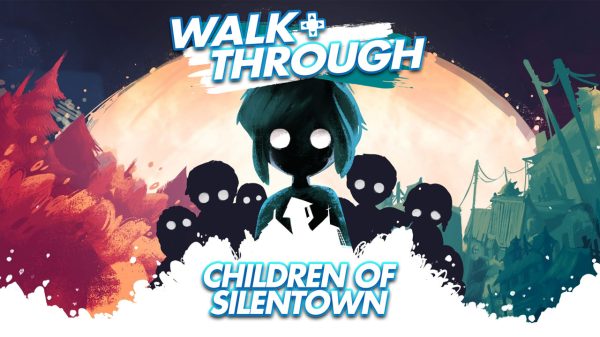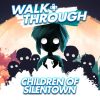It’s hard to think of many IPs with the brand power of The Lord of the Rings. Created by J. R. R. Tolkien and beginning life as a novel, Tolkien’s words and universe have been translated into acclaimed cinematic epics, as well as popular TV shows and video games, and even a musical. It’s certainly a well that creatives have drawn from numerous times. But what do you do when the well starts to run a little dry? You look to supporting characters that could use their own dedicated experience, which is how we end up with games like The Lord of the Rings: Gollum. There’s no doubt that Gollum is one of the series’ more intriguing characters, but does his story require his own game? The answer is subjective of course, but initially, I leant towards a no. After playing Daedalic Entertainment’s take on the cave-dwelling creature, I’m convinced that this game should follow the same fate – condemned to the fiery depths of Mount Doom never to be seen or heard from again.
The Lord of the Rings: Gollum (LotR: Gollum) sees you play as the titular character as he seeks to recover his lost magical and powerful ring – the item he calls his “precious”. It’s a third-person adventure with a fair helping of platforming and environmental puzzles, with some stealth sections, fetch quests and escort missions added to balance out the recipe. Sadly, the game’s design feels dated, with half-baked mechanics and a narrative that could take up to 15 hours to complete, the end result is a tedious experience that long overstays its welcome.
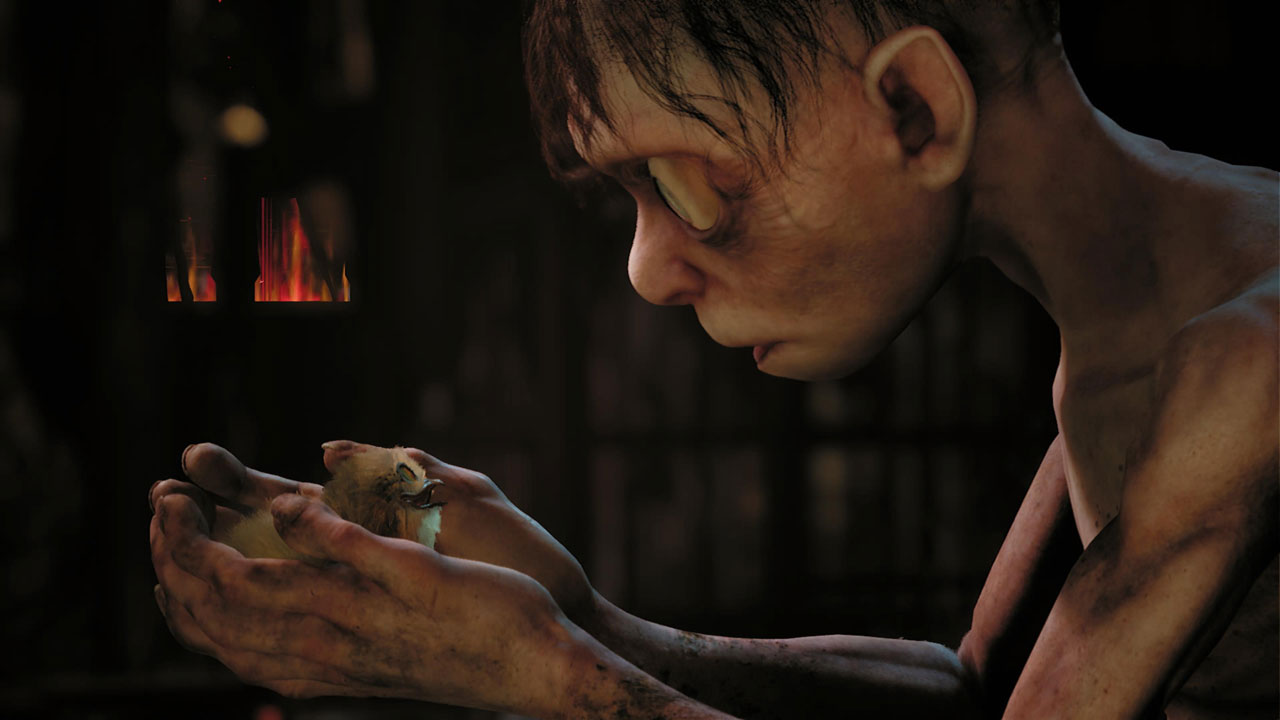
Good old Gollum
Opening with Gollum being interrogated by Gandalf in Mirkwood, you’ll spend the first part of the game around Mordor and most of it in prison, where you’ll be forced to do mundane tasks, such as collecting the tags of deceased prisoners, herding beasts and setting off explosives. Quite frankly, the experience feels like a prison sentence, bordering on tortuous monotony with drawn-out missions that feel like nothing more than padding. The second part of the game takes place in Mirkwood, where objectives are just as uninspired and drawn out.
The majority of your time will be spent solving environmental puzzles by climbing various structures in order to complete your objectives. The climbing feels similar to Assassin’s Creed and Uncharted but not as smooth and intuitive, as you’d expect given the gulf in budgets. But as this is the game’s primary gameplay loop, it’s something they needed to nail, but too often I was plummeting to my death after missing a ledge I aimed for. It’s made even more frustrating by the repetition of it all, and after a handful of hours, I had already begun to loathe having to climb everywhere.
The game descends even further into the unfun by adding a mechanic called Companion Mode, which requires Gollum to essentially escort another character through objectives. This type of mechanic may have been neat two generations ago, but modern gameplay has largely moved beyond this. And it’s not even implemented well here, with one particular instance assisting a cellmate herding beasts into cages having such a small window to get it right – it’s not fun or good game design.
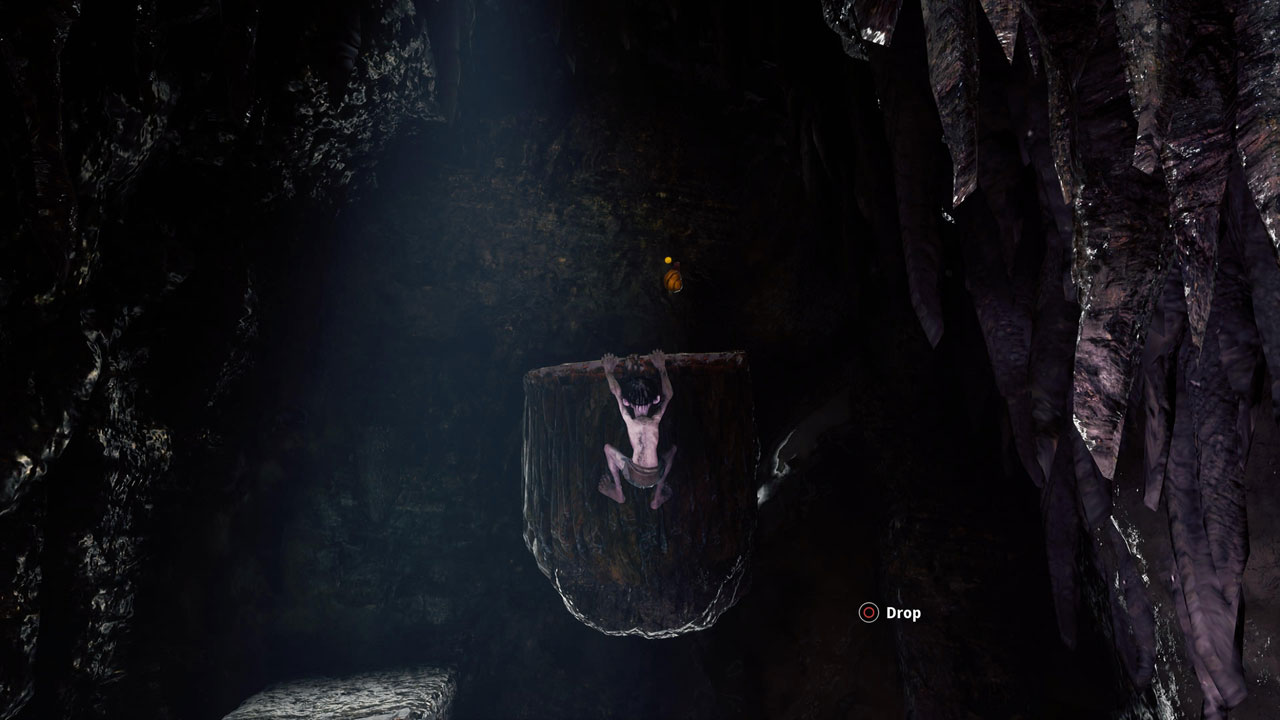
It’s not about the destination, it’s about the climb
The stealth sections aren’t much better, with Gollum able to take out certain orcs from behind. However, the game requires you to push the Throttle button twice – once to jump on the orc and once to actually strangle them. Again, the timing for this needs to be spot on otherwise it’s an instant death. Other sequences will require Gollum to sneak past enemies by hiding in the shadows, and much like everything else, it’s just not fun, even with AI that has a shot at the dumbest currently going around.
There’s also a morality-esque system where the player will have to make a decision based on Gollum or Smeagol’s stance. Whichever way you choose you’ll need to convince the other that it is the right decision by selecting your reasoning. It’s fairly straightforward with the obvious response likely to see you win the argument, and it seems like there’s no real impact for the choices you’ve made either.
It’s made worse by the fact that character models at times, especially the Orcs, look laughable. And don’t expect sweeping vistas of Middle Earth, as the game’s visuals are teeming with muddy textures and bland environments, which does at least feel fitting of the prison areas of Mordor. Once you’re in Mirkwood (Elven territory) there’s a bit more colour and life to the world, but it’s still not close to the eye candy we’ve been treated to recently.

Mirkwood has some nice greenery
While not inherently broken, LotR: Gollum does have some technical issues. A menu option that will surprise people is the ability to turn on/off hair physics for Gollum (why is this even a thing?). However, enabling it on PS5 (at least during the review period) would see the game crash constantly. I played with it turned off the entire time so I didn’t have an issue, but I did encounter checkpoint death loops on several occasions, where after dying the game would load back into an instant death and the only fix was to restart the level.
The only element that I found myself impressed with was the rendition of Gollum and Smeagol, which is very similar to the version we got in Peter Jackson’s films. If there was anything that was compelling enough to keep me playing this game it was the performance and writing of our lead character.
Final Thoughts
I was genuinely curious heading into the game, but after roughly 12–15 hours and eight chapters of playing through LotR: Gollum I couldn’t take anymore. The Lord of the Rings is no stranger to dragging things out (no one will ever convince me that The Hobbit needed three films), but LotR: Gollum is genuinely taking the piss clocking in at more than 10 hours. It just doesn’t have the gameplay legs to sustain that length, and it isn’t helped by some dated design – you’d be forgiven for thinking this is a remaster of a game from the PS2 or PS3 generation. It is a game where the gameplay revels in frustrating repetition and is devoid of creativity. It’s a stain on the legacy of The Lord of the Rings IP.
Reviewed on PS5 // Review code supplied by publisher
Click here for more information on WellPlayed’s review policy and ethics
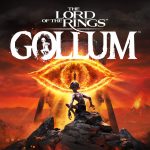
- Daedalic Entertainment
- Daedalic Entertainment / Nacon
- PS5 / PS4 / Xbox Series X|S / Xbox One / PC
- May 25, 2023



Despite a childhood playing survival horrors, point and clicks and beat ’em ups, these days Zach tries to convince people that Homefront: The Revolution is a good game while pining for a sequel to The Order: 1886 and a live-action Treasure Planet film. Carlton, Burnley FC & SJ Sharks fan. Get around him on Twitter @tightinthejorts





